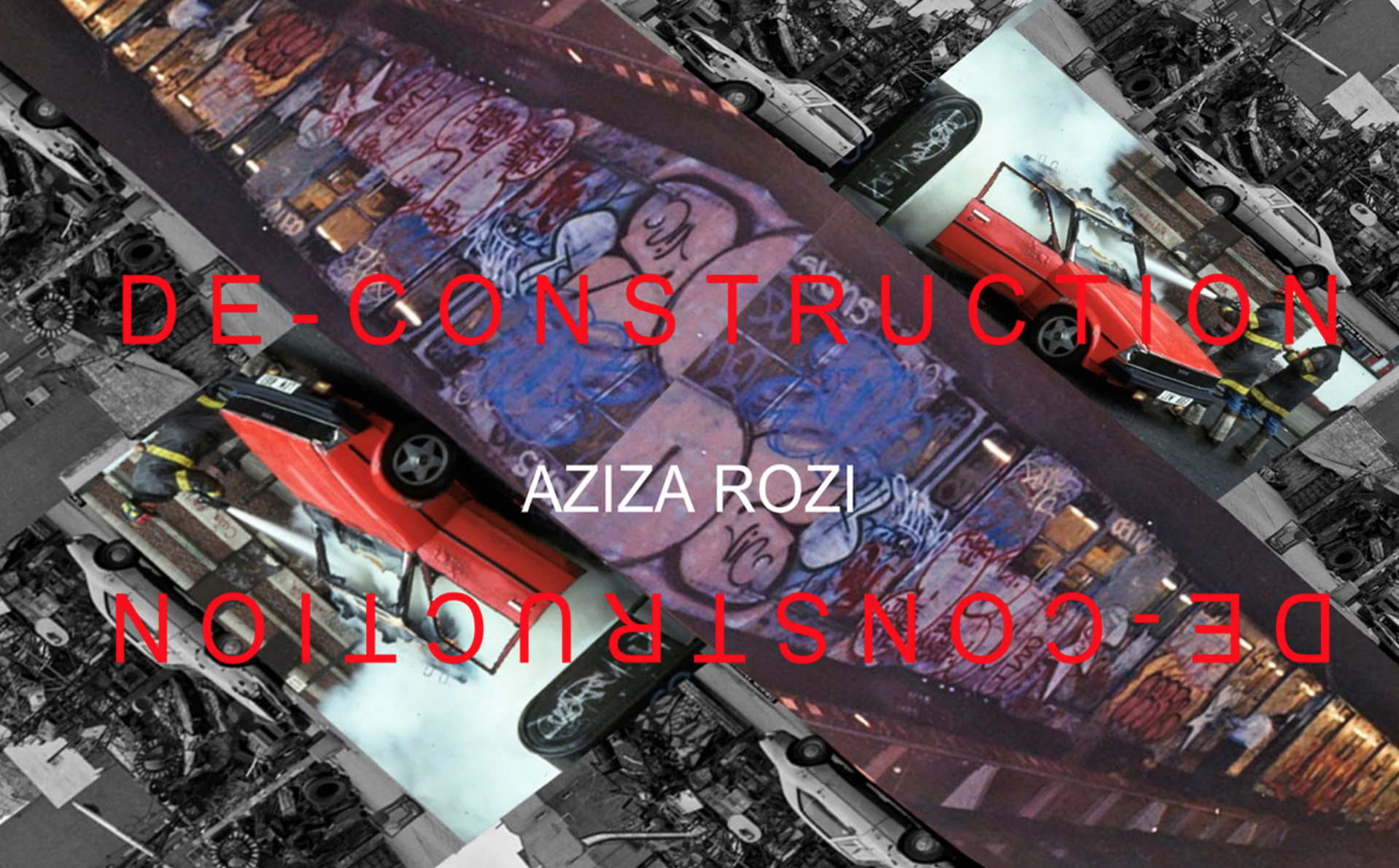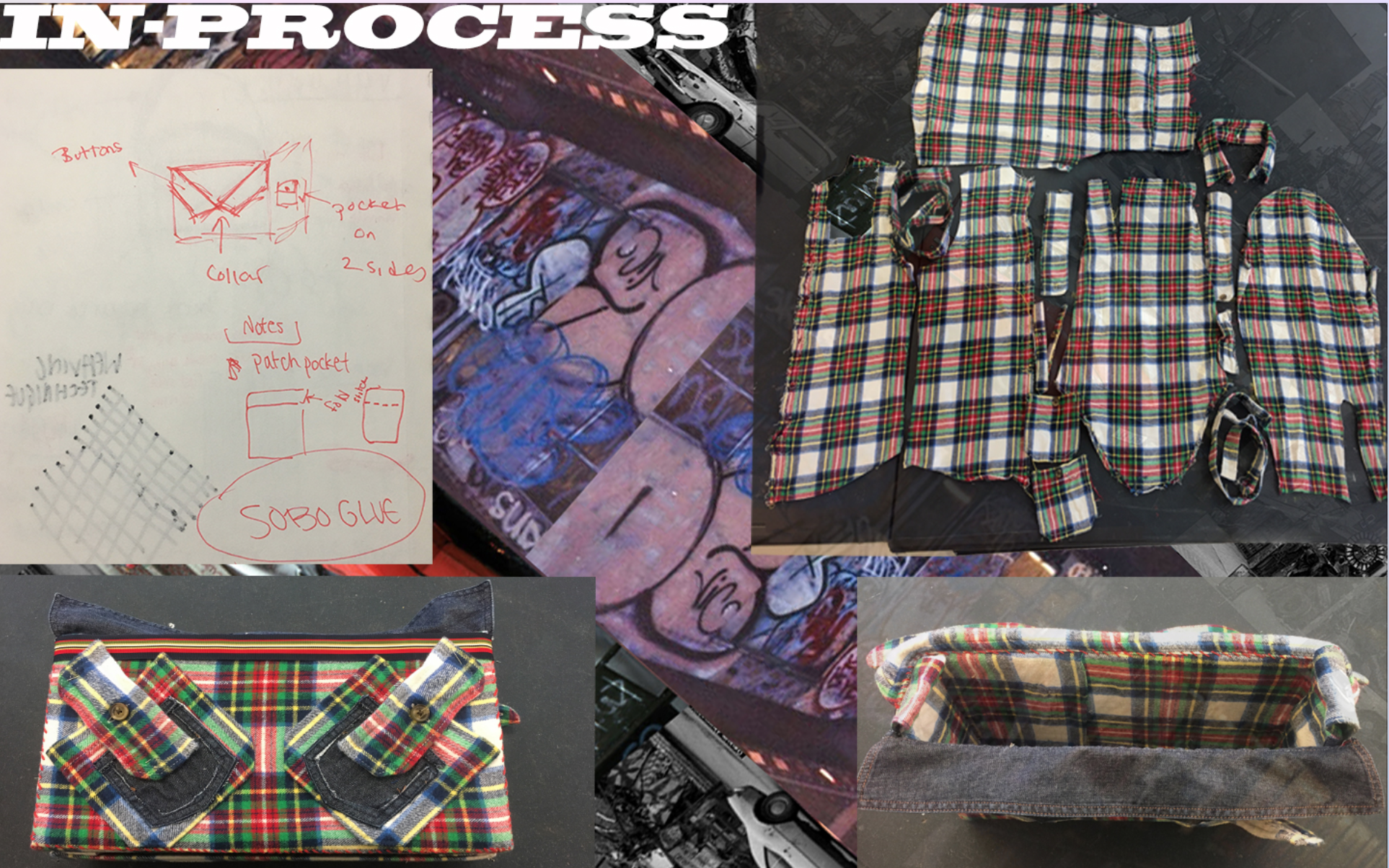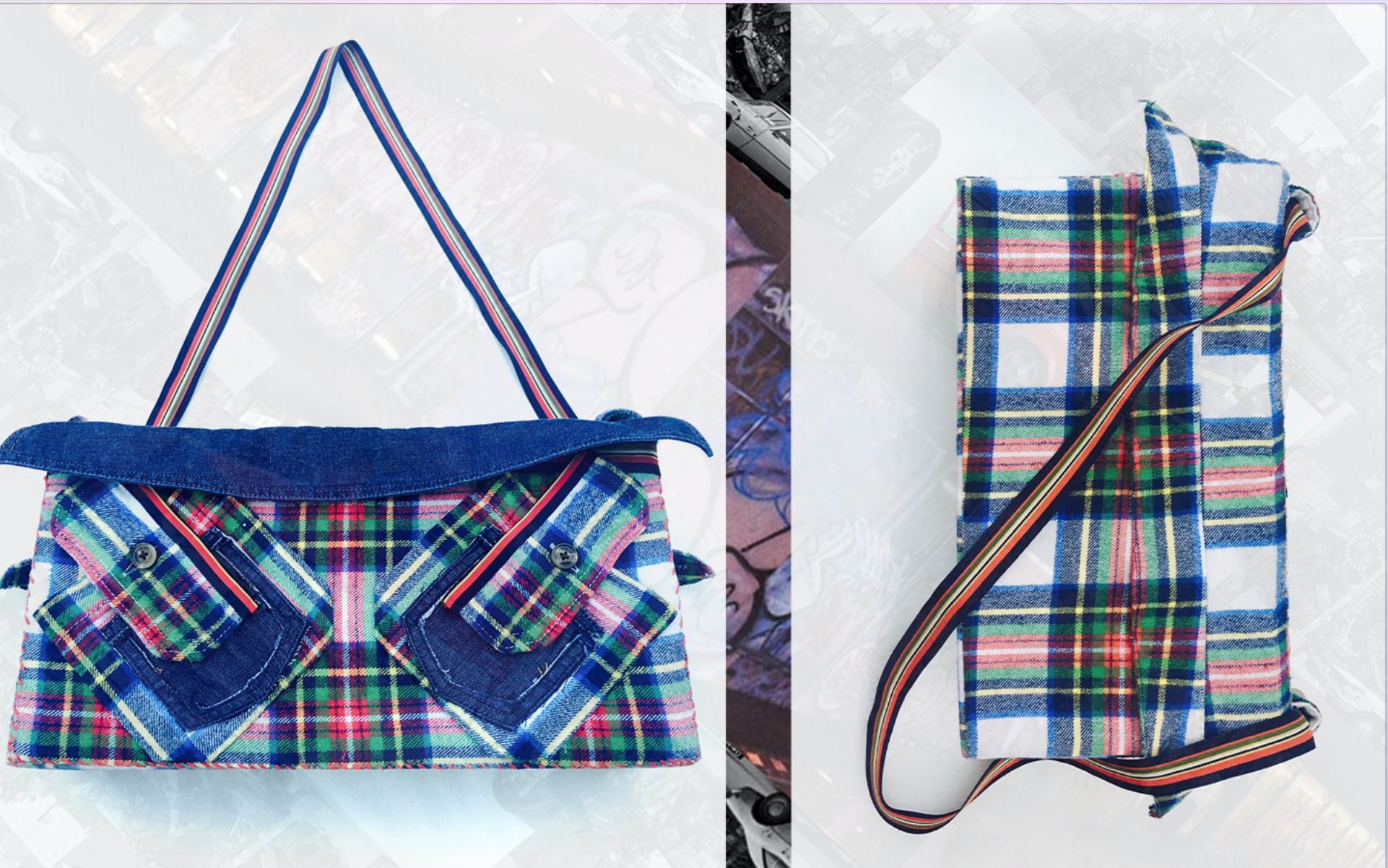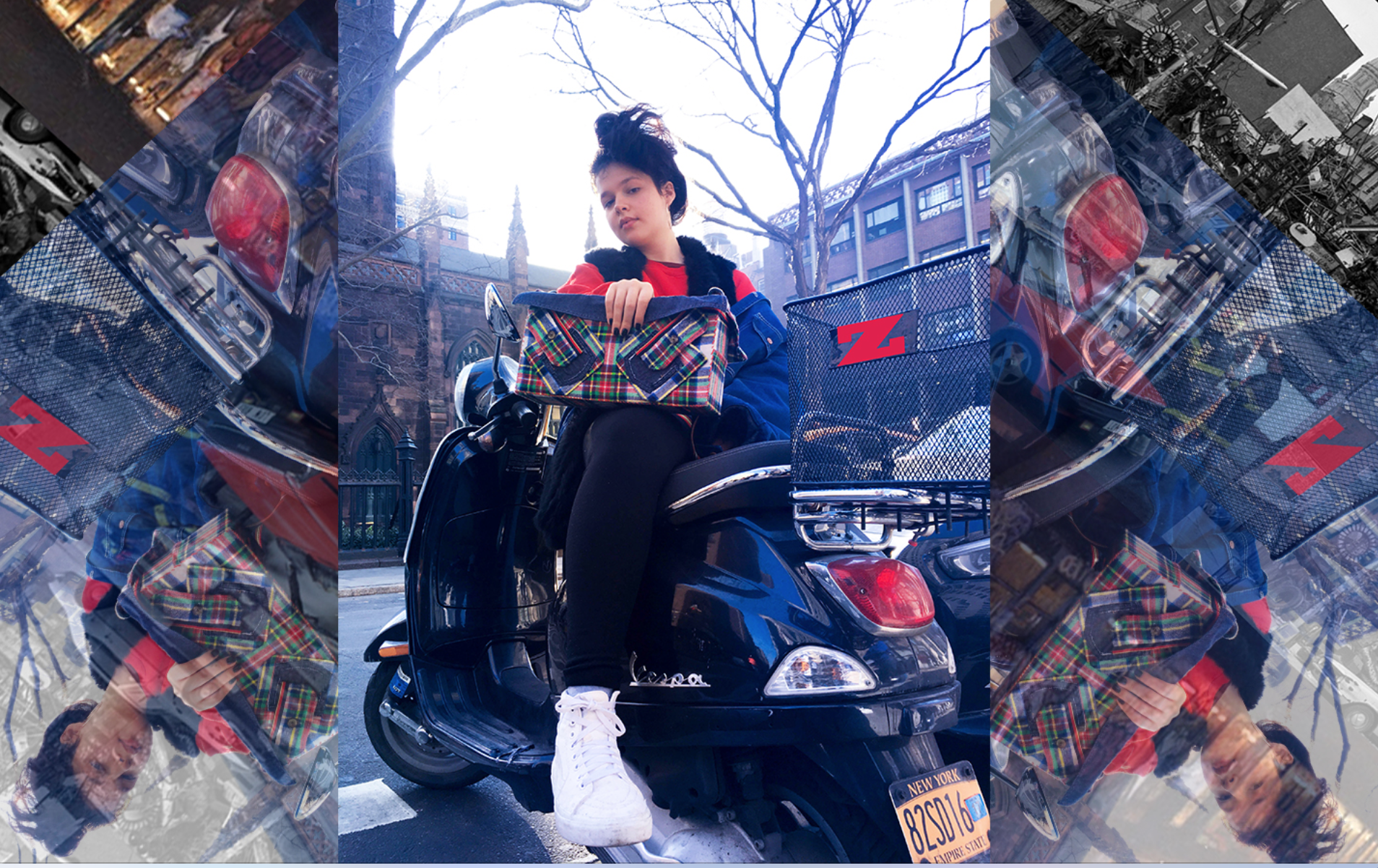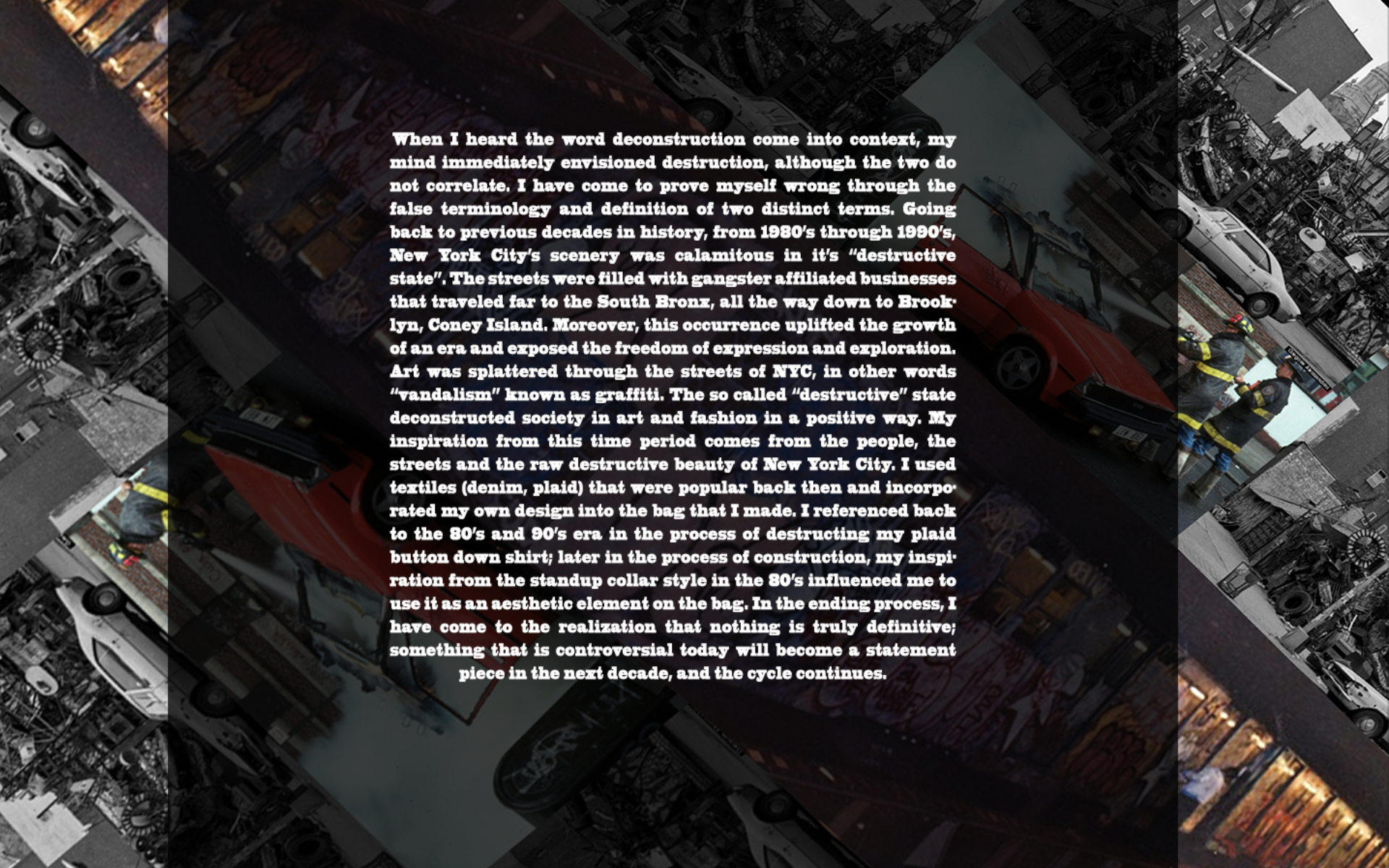My experience making this time lapse video was quite interesting. It took me about 30-60 minutes to capture the moving images of the streets as well as the sunset. The street was not too busy so it doesn’t lose the main concentration of the sun setting and the beautiful subtle movement of the sky. The background voice recording was recorded by me of a man singing in the lonely subway station. The vibration of his voice sets the tone of the video and emphasized on the fast pace of time.
Month: February 2017
Graphic Novel Research
Bridge Project I – Deconstruction
Experience of a Design
I chose to work in the gallery space at 66 5th avenue, Sheila C. Johnson Design Center. I documented the experience by capturing the individual entering the space and observing their surroundings. The grids are spaced out in a sequential format to let the viewer enter the space through the images. This relates to the design process because it incorporates movement through time. I wanted to concentrate on the journey the individual took to get from one place to another. The individual is not exposed to the viewer nor the particular space until the last frame, which is meant to be confrontational.
I used my friend Jourdan Savage to experience a design and space of the gallery at Parsons. I wanted to capture his movement while he was entering the gallery and eventually exposing his own image juxtaposed with the art work in the space. I documented the experience from his back viewpoint to add a mystery as to who the viewer might be and their purpose of entering the space. I placed the frames half of an inch apart for the viewer to fill in the spaces according to their own views and ideologies of the action.
Time/3 Photo Series
The camera setting I used was the speed of the aperture. I turned the switch to the letter “M” then ISO on the top of the camera, and then turning the Main dial. While using a touch screen camera I pressed the time pace option and experimented with the numbers. It took me a while to play around with the settings and adjustments but I eventually figured it out. Changing aperature and speed helped me capture the motion throughout the time of the action being displayed.
Time is visible in all three frames because each frame has a different setting, motion and action that creates it a legible series. These photographs capture teenage youth through still yet moving images.
Photo Frame Contrast
(Arnold Daniel/ June 2016)
(Hine, Lewish Wickes/ November 1908)
The two photos I chose are “Rhodes Mfg. Lincolnton, N.C Spinner.by Hine, Lewish Wickes from November 1908 and “Untitled” by Arnold Daniel from June 2016. I chose this realistic photographer of a 10 year old child looking out to the outer world of her loss of innocence. The photographer framed the photo in a one point perspective angle to put weight on the subject rather than his/her surroundings. The factory machines are faced behind her as she is looking out to the window. This black and white image captures the motion of the protagonist and the negative space plays with the composition in the picture frame. Moreover, it is not too confrontational in means of child labor being exposed, however it does serve its purpose of delivering the subject and motion in the photograph. The light reflecting through the window on the left is positive space that allows the viewer envision the loud factory setting.
The contemporary photograph I chose is captured by a photographer I follow on Instagram. Arnold Daniel’s photographs capture different sceneries that represent New York City lifestyle. The photograph I chose is framed upside down and is an imagine of a subway performer/ entertainer. The attention is on the performer swinging upside down in the frame. Composition wise, the photographer only captured one side of the train’s passengers seated rather than both sides of the subway cart. This was done effectively to use the negative space above the performer, so his facial expression is more highlighted. In comparison to the photograph taken by Hine, both artists play with the idea of positive and negative space inside the frame.
Time Map Project
Time Map Project
The primary goal of this project was to create a three dimensional sculpture using 20 images to form a visual effect of the action in sequential form. The action I chose to portray in 20 images is of an individual watering a plant. I chose to create a wave like effect with the use of soft texture material. The difficulty I faced throughout the process was making sure the fabric did not fall off from its shaped form. I chose to use wood to attach the material for support and it was a success. In the future, I will take scale into consideration as well as placement of given material.
PORTRAITS FROM THE WHITNEY’S COLLECTION
Artist
Jack Pierson (1960-)
Title
Self-Portrait #4 (2003)
Every time I pass this Jack Pierson’s ink jet “self portrait”, I enter a tranquil state of mind. There is a beautiful mystery behind this work that I cannot fathom why this young man is positioned away from the viewer. It seems as if the protagonist’s refusal to confront the viewer with his image is a way to escape societal conforms. According to Pierson, his portraits of other men is a visual representation of his own identity. I perceive this “self portrait” with such innocence through the color tones of the piece as well as the young man’s slouched posture. The frame is an inevitable growth within time of youth that is only temporary. My experience of looking at the still image versus the moving image has formed divergent interpretations. Looking at the stillness of this artwork gave me the space to create my own time and pace of my choice. On the other hand, the moving image already had it’s time, pace, and form that simplified the intensity of a personal connection within my individual self and the art piece.



